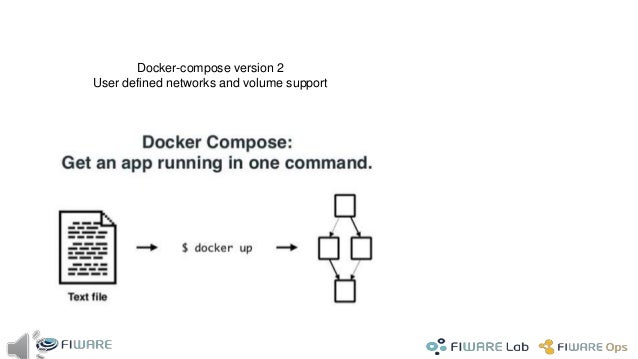
If our shared goal is to minimize latency for our data, the most common approaches to addressing network latency involve limiting the number of potential variables that impact the speed of data’s movement. No matter why we want it when we do, everyone wants the lowest network latency to the greatest number of users. In the financial sector, milliseconds can mean billions of dollars in gains or losses from trade transactions on a daily basis. (Yes, we’re spoiled, but we already know that.) But lag time can be more dire than instant gratification. As high-speed Internet consumers, we want what we want-when we want it. While a few thousandths of a second may not mean much to us as we go about our business, those milliseconds can be the deciding factors for whether we stay on a webpage or end up screaming at our computer screens. Network latency is measured in milliseconds (that’s 1,000 milliseconds per second).
#DEFINE SESSION NETWORK DOWNLOAD#
These kinds of delays and detours lead to higher network latency-which leads to slower page loads and download speeds. If a service provider’s network doesn’t route a network path optimally, data could be sent hundreds or thousands of miles away from the destination in the process of routing to the destination. If a network connection doesn’t have any available bandwidth capacity, data might temporarily queue up to wait for its turn to travel across the line.

In practice (and unlike Superman), data typically travels slower than that. Much like Superman, data can travel at the speed of light across optical fiber network cables. Network latency is an expression of the amount of time it takes a packet of data to get from one place to another.

The measurement of how quickly data travels between two connected points is called network latency. That connectivity can vary significantly-depending on how far it’s going, how many times the data has to hop between service providers, how much bandwidth is available along the way, the other data traveling across the same path, and a number of other variables. Network connectivity provides a path for that data to travel to end users around the world. In reality, data is stored on physical hard drives-somewhere out there. Not to insult your intelligence or anything, but you ought to know that data isn’t just floating out there in some amorphous space. But slow page loads can also be caused by network latency.
#DEFINE SESSION NETWORK CODE#
It could be as simple as bad code or massive images, for starters.

Why do some pages load more slowly than others? Whether you’re running big data solutions, operating an online store, or your global team is accessing files on your company’s network, nothing-especially slow data transfer speeds-should keep you from making that sale or allowing your employees to be as productive as they can be. In fact, there are many things beyond your control when it comes what actually controls page loads.

Well, to put it simply, you’re not in control. You may ask yourself, “Hey, I pay big bucks for high-speed Internet.
#DEFINE SESSION NETWORK WINDOWS#
We’ll often close our browser windows in a frustrated huff, because we don’t have the time or patience to- gasp!- wait for a page to load. In the we-want-it-yesterday demands of our modern lives, “slow” is unacceptable. We’ll be frank: Sluggish web pages are the scourge of the digital earth. What’s network latency and why does it matter?


 0 kommentar(er)
0 kommentar(er)
